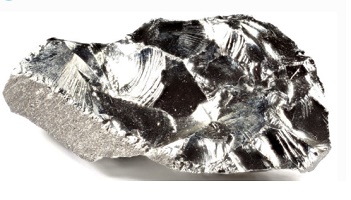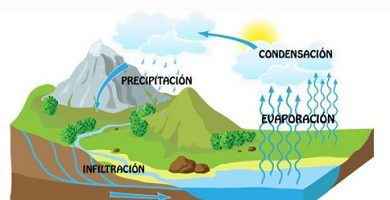What is the plant kingdom?
We explain what the plant kingdom is, what its characteristics and classification are. How is your nutrition, reproduction and examples.
-
What is the plant kingdom?
It is called Kingdom plant (from the Latin ” plants “) or Vegetable Kingdom to one of the main groups in which biology classifies known living things . Along with the animal kingdom ( Animalia ), the Kingdom of fungi ( fungi ), the United protist ( protistae ) and Monera ( monera ) constitute the traditional categories of classification of life.
The plant kingdom is one of the oldest that the human being has studied , although there is no strict and universal criterion regarding what to consider as a plant and what not. In general, this group considers all forms of terrestrial plant life (trees, shrubs, grass, etc.) and all aquatic algae, provided they carry out some form of photosynthetic nutrition.
The members of this kingdom descend, in theory, from a group of living beings called Primoplantae or Archaeplastida: the first eukaryotes capable of performing photosynthesis , and whose appearance on the primitive Earth is estimated about 1.2 billion years ago, during the Proterozoic Eon.
-
Kingdom Plant Features
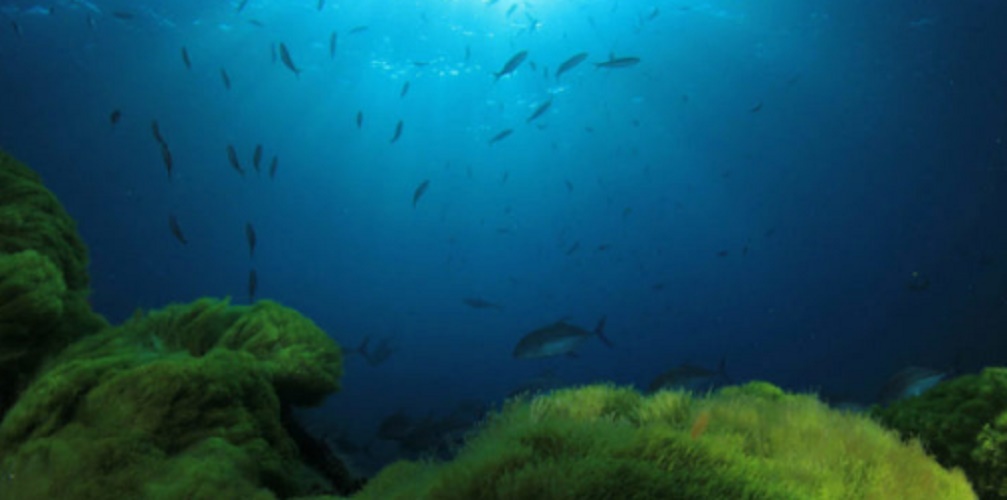 Plants, including aquatic plants, lack their own mobility.
Plants, including aquatic plants, lack their own mobility.The individuals of the vegetable kingdom share the following fundamental characteristics:
- Cell wall and chloroplasts. Plant cells have chlorophyll deposits known as chloroplasts, which gives them their green color and is essential for photosynthesis . In addition, their cells have a rigid cell wall and outside the plasma membrane , which gives them structural resistance but conditions their growth.
- They lack mobility. Plants, including aquatic plants, lack their own mobility, that is, they are immobile. They can move as a result of natural agents such as water or wind, in some cases, and also have a minimum orientation of their bodies that allows them to actively search for the sun, known as positive phototropism, but cannot move from one habitat to another, or flee from the animals that consume them as food .
- Bodies composed of cellulose. Cellulose is a type of colorless, odorless, amorphous and insoluble biopolymer in water, alcohol and ether, which constitutes the basic building material for plant bodies and some protists.
-
Classification of the kingdom plant
The members of this kingdom can be classified into two sub-submarines:
- Biliphytas It is a set of algae equipped with water soluble pigments that serve to capture sunlight, just as cyanobacteria do. In turn, it is divided into two divisions or edges:
- Glaucophytes Some 13 species of unicellular freshwater algae, which are often considered to belong to the protist kingdom.
- Rhodophytes Around 7,000 species of red algae.
- Chlorbibiota Also called Viridiplantae or simply green plants, where there are green algae and terrestrial plants of all kinds, so more than 300,000 different species are included here. It is divided in turn into two infrararines:
- Chlorophytas It contains about 8,200 species of green algae, both unicellular and multicellular.
- Streptophytas It contains the total set of terrestrial plants in their enormous variety of habitats, morphologies, growth patterns and defense mechanisms, as well as the closest algae that are evolutionarily: the so-called carophytes.
-
Plantation Nutrition
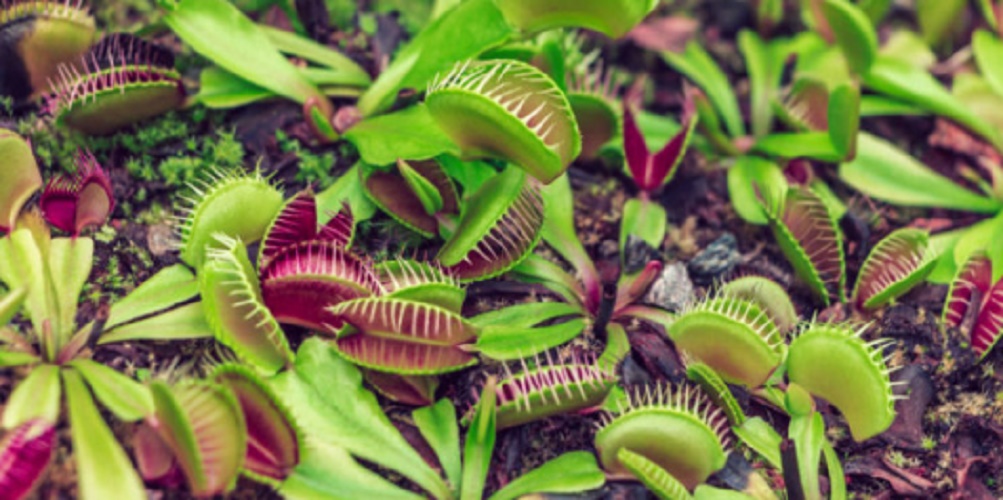
The members of the plant kingdom are all autotrophs , that is, capable of generating their own food from inorganic matter . This is carried out through the synthesis of sunlight or photosynthesis, and the absorption of nearby inorganic resources: water, minerals and other elements, through the roots. Then an energy chemical reaction is carried out, which requires atmospheric CO2 , water and sunlight as a source of energy, to produce complex glucose molecules , which then serve for cellular respiration, that is, for their oxidation and obtaining chemical energy or ATP. This process byproducts oxygen molecules that are released into the air , and responds to the general formula of: H2O → 2H + + 2e- + ½ O2.
There are also certain plants capable of feeding on the organic matter of other living beings , such as the famous “carnivorous” plants, which after attracting and capturing insects, proceed to digest them to take advantage of their nutrients.
-
Reproduction of the plant kingdom
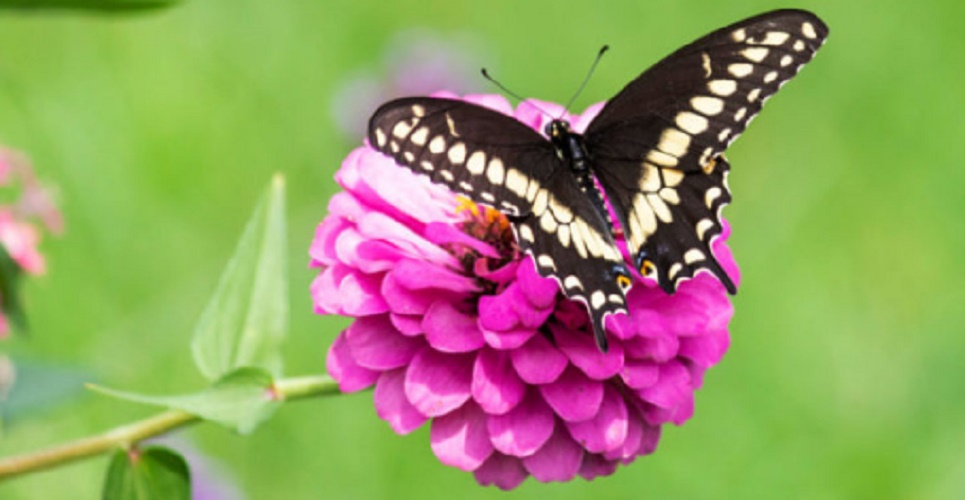
The plants reproduce in two very different ways, sexual and asexual , depending on their species and sometimes the environmental conditions in which each individual is.
- Sexual reproduction or pollination. It occurs thanks to the action of wind or insects and other animals, which carry unknowingly the dust or pollen generated by the flowers of plants, equivalent to their sexual organs, directly towards the pistils of someone else, thus facilitating the exchange of material genetic. The flowers are then fertilized and give rise to a fruit, in whose interior there are seeds: embryos of a new individual with a genome other than the paternal. The fruit ripens and falls, or is eaten by animals, and its seeds spread. Each one will touch the earth and germinate, producing a new plant.
- Asexual or rhizomatic reproduction. It does not involve pollination, or flowers, but other invisible parts of the plant such as its roots, stolons or rhizomes. These parts grow as the plant has reached maturity and gathers the necessary nutrients to reproduce, thus generating an individual genetically identical to the previous one, but young, which is often physically linked to the parent for a time.
-
Importance of the Plant Kingdom
Plant life is the support of most of the organisms in the world , and not only for taking care of the production of the oxygen we breathe and serving as food in the form of fruits, leaves, stems, tubers, etc. Plants also help control gases of greenhouse dispersed in the atmosphere , like CO2, and absorb water in different types of soil , preventing its uncontrolled accumulation. Without plant life, the world would not be what it is, and for that very reason it is so important to maintain its variety, presence and abundance.
-
Examples of the Plant Kingdom
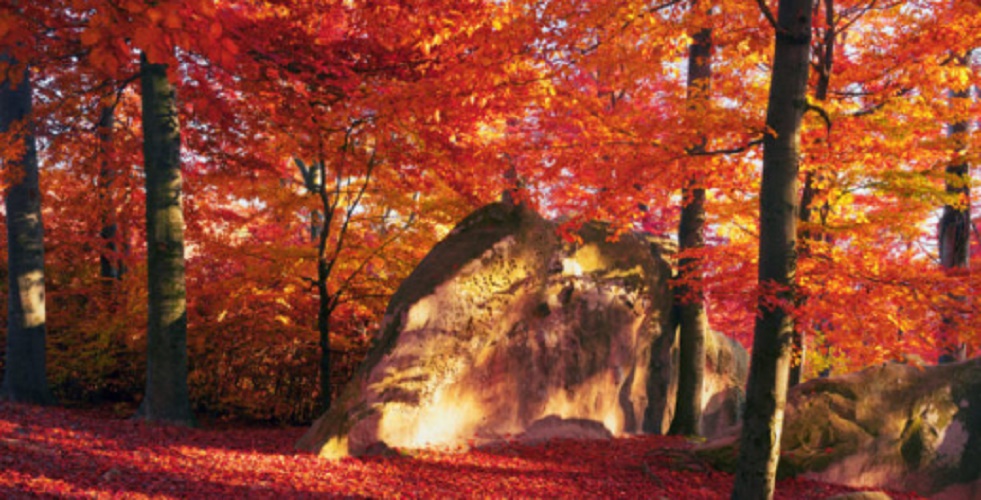
Examples of plants in everyday life are easy to find . In this kingdom enter both the trees, the grass, the weeds and the bushes that we find in any public square or park, as well as the homemade ferns and the water plants that we use as home decoration. Also the seaweeds or lakes, the palm trees of the beach, or the cacti and thistles of the deserts .
-
Botany

The branch of biological sciences dedicated to the study of plants is known as botany and its practitioners as botanists. And just as zoologists study animals in their different aspects, botanists focus on understanding the relationships between plants or between plants and animals , in addition to the internal dynamics of the plant organism, and the particular evolution that gave rise to the emergence of this kingdom of creatures.
